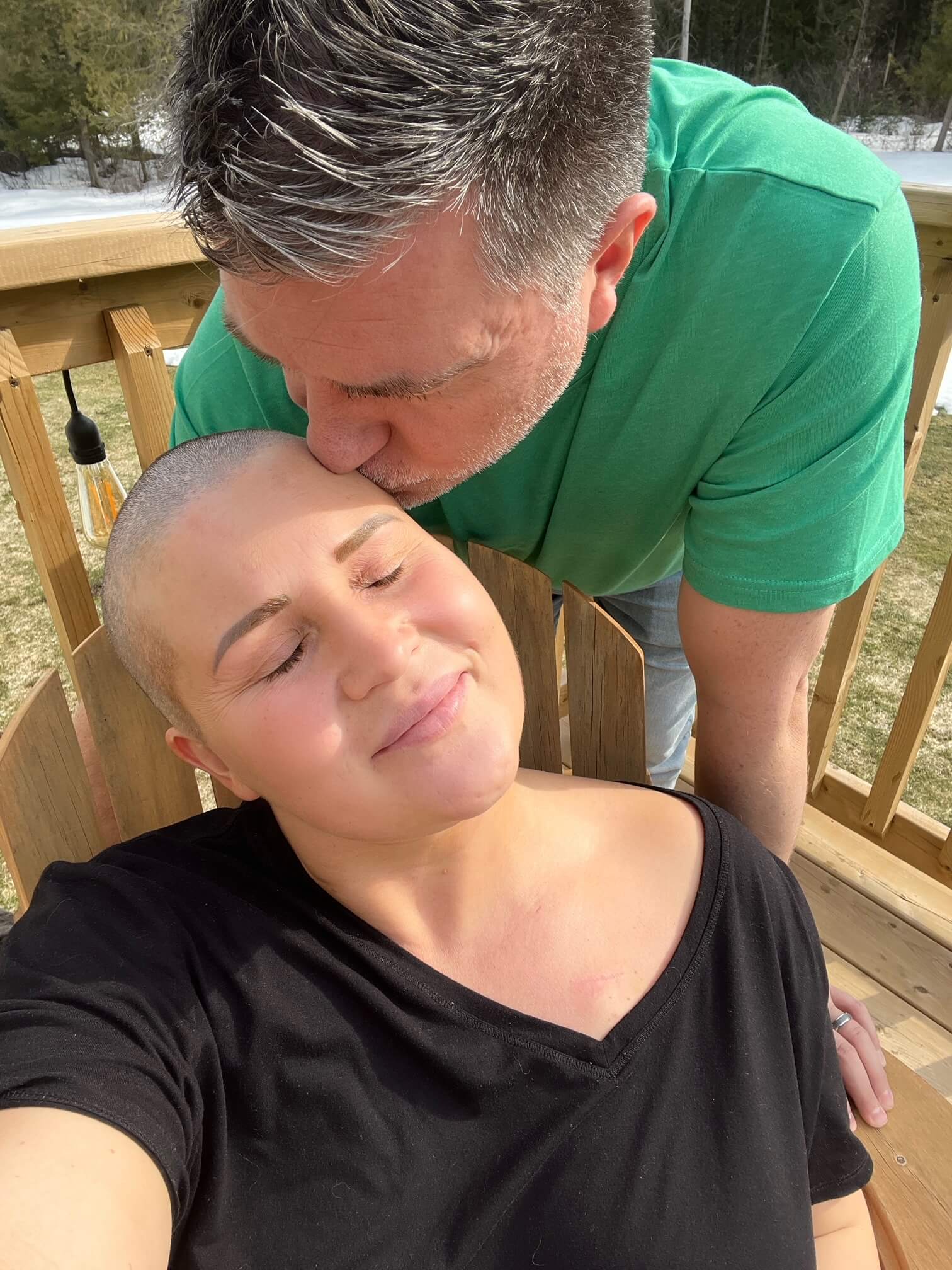I remember arriving home after my mastectomy surgery, a little stoned, and very bewildered. It was my first surgery and I didn’t know what to expect going in. I knew even less about the recovery. Thank god for other women who had been through it before me and who were there to coach me through it. There were the “pain in the sides” drains to contend with, but also a strange tightness across my chest that felt as if I was wearing an invisible, constricting garment. I’ve since come to know this is a phenomenon called “iron bra.”
Nerve damage and iron bra
At the core of the “iron bra” sensation lie the intricate physiological changes that occur during and after mastectomy. The removal of breast tissue, coupled with the extraction of nearby lymph nodes, creates a void within the body. This sudden alteration disrupts the natural balance of tissues and nerves running under your ribs, leading to sensations of tightness and discomfort. A mastectomy is major surgery and an amputation of body parts, so the surgical trauma inflicted upon the body also triggers a cascade of inflammatory responses, further exacerbating the sensation of constriction.
Nerve damage is a significant contributor to the tightness one experiences post-mastectomy. During surgery, nerves in the chest and breast area may be unavoidably injured or severed, disrupting their normal function. As the nerves attempt to regenerate and reconnect, they can produce abnormal sensations, including tightness, tingling, and numbness and even nerve pain. To this day, I have limited sensation in my chest and underarms.
Lymphedema and iron bra
Additionally, the removal of lymph nodes, a crucial component of breast cancer treatment, can lead to lymphedema—a condition characterized by swelling due to the accumulation of lymphatic fluid. This swelling not only contributes to physical discomfort but can add to the sensation of tightness in the chest and surrounding areas. If you do suspect lymphedema, speak with your doctor immediately as there are strategies they can use to help manage the condition.
Unfortunately, many women also report chronic pain associated with their mastectomy recovery related to sensory nerve damage. This too can be managed and alleviated with the proper medical care. So never hesitate to raise your concerns with your doctor.
Iron bra sensation differs among women
Iron bra can persist for weeks, months, and sometimes even years after the surgery. The duration of the “iron bra” sensation varies from woman to woman, with some experiencing relief within weeks while others may endure it for months or even years. Factors such as the extent of tissue and lymph node removal, individual healing processes, and underlying health conditions all influence the timeline of recovery. However, regardless of the duration, addressing and managing this tightness is essential for restoring comfort and promoting overall well-being.
I used a few strategies to manage the tightness I felt. I’m not sure it will completely go away, but I have adopted a “use it or lose” mentality. I have found by keeping up my exercise routine, doing range of motion exercises regularly in addition to my weights routine and incorporating yoga and somatic movement into my exercise program I have been able to regain much of my range of motion.
I also make a point of going for a regular full-body massage. My therapist massages my chest and scars to maintain circulation and break down scar adhesions. Not only does it feel wonderful, it helps to restore flexibility to the affected area. She uses gentle, circular motions applied to the surgical site to loosen tightness and reduce discomfort over time.
After my course of radiation, I found my left side where I had the cancer occurence tightened up considerably. So I embarked on a course of physiotherapy, administered by a therapist trained in mastectomy recovery. She provided me with several targeted exercises and manual techniques, such as torso rotations, stretches and wall climbs aimed at improving and regaining my range of motion, strengthening surrounding muscles, and promoting tissue healing. These specialized interventions were incredibly effective.
Finally, low-impact exercises such as walking or swimming can also help to promote circulation, alleviate tension, improve range of motion and enhance overall physical well-being.
Ultimately, time is a crucial factor in the resolution of the “iron bra” sensation. As the body gradually adjusts to its new normal and heals from the surgical trauma, many women find that the tightness diminishes over time. Does it go away, or do we simply adjust and learn to live with it? Probably a little of both. However, patience, self-care, and therapeutic strategies will help get you through this.





